Social media grows like an S-Curve.
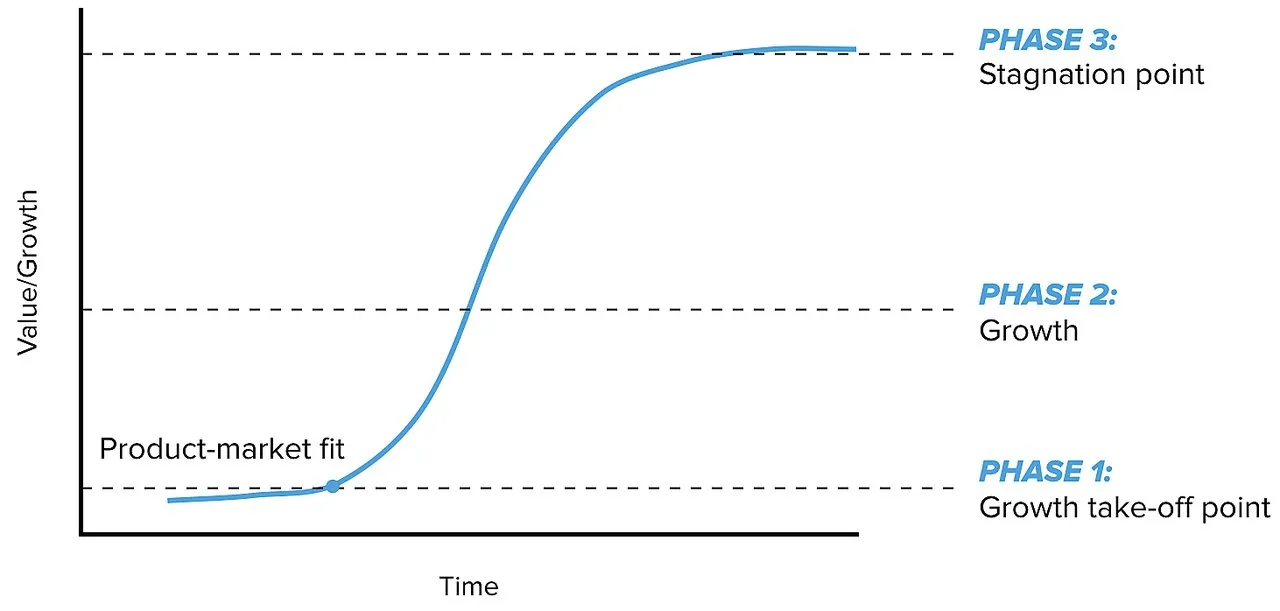
For example, this is the chart of the size of Facebook's userbase up until 2017.
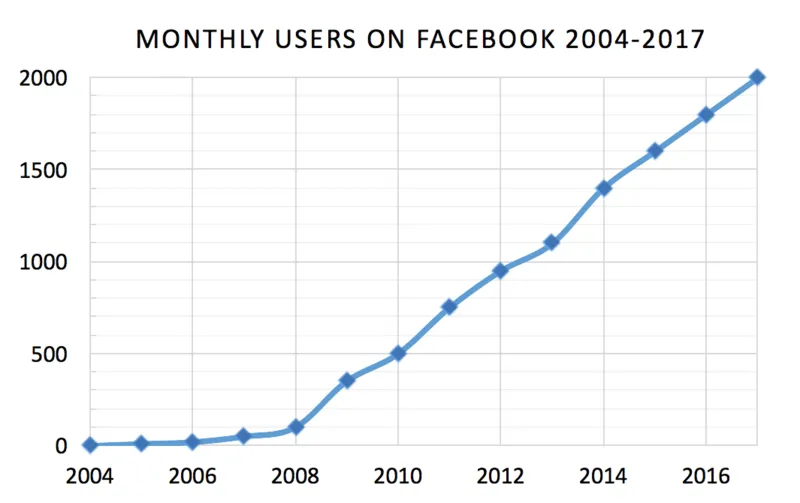
Here is Twitter. It plateaued sooner, but still an S-Curve.
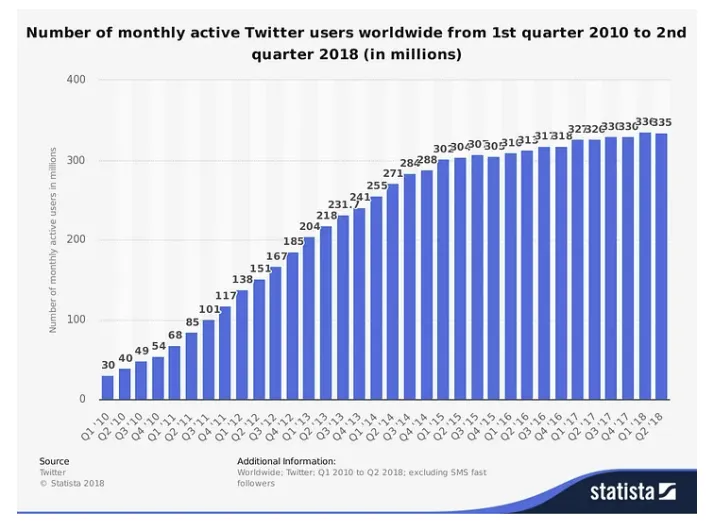
Here is Reddit. Not as fast, but the same shape.
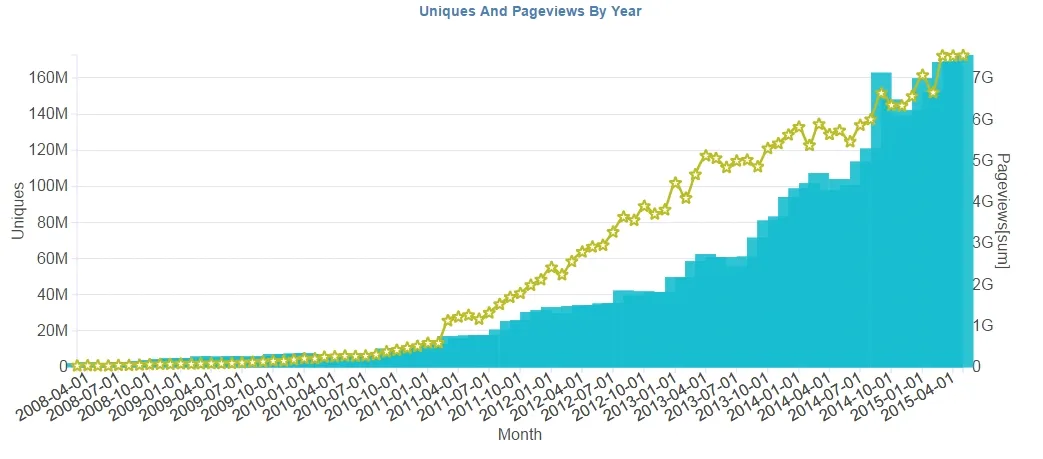
Why does it work this way? For a successful social media network, the more users there are, the more appealing the network is, and the more further new users join. Every month the network typically gets new users at a rate proportionate to how many existing users they have. This continues until the network reaches market saturation, where there are few people left who would potentially be interested in the network. It works like this whether the network is niche or very mainstream, the pattern is the same only the rate of growth is likely to be different.
Hive Grows Like a Bubble Stock

This is Hive Daily Active users (based on custom_json transaction type).
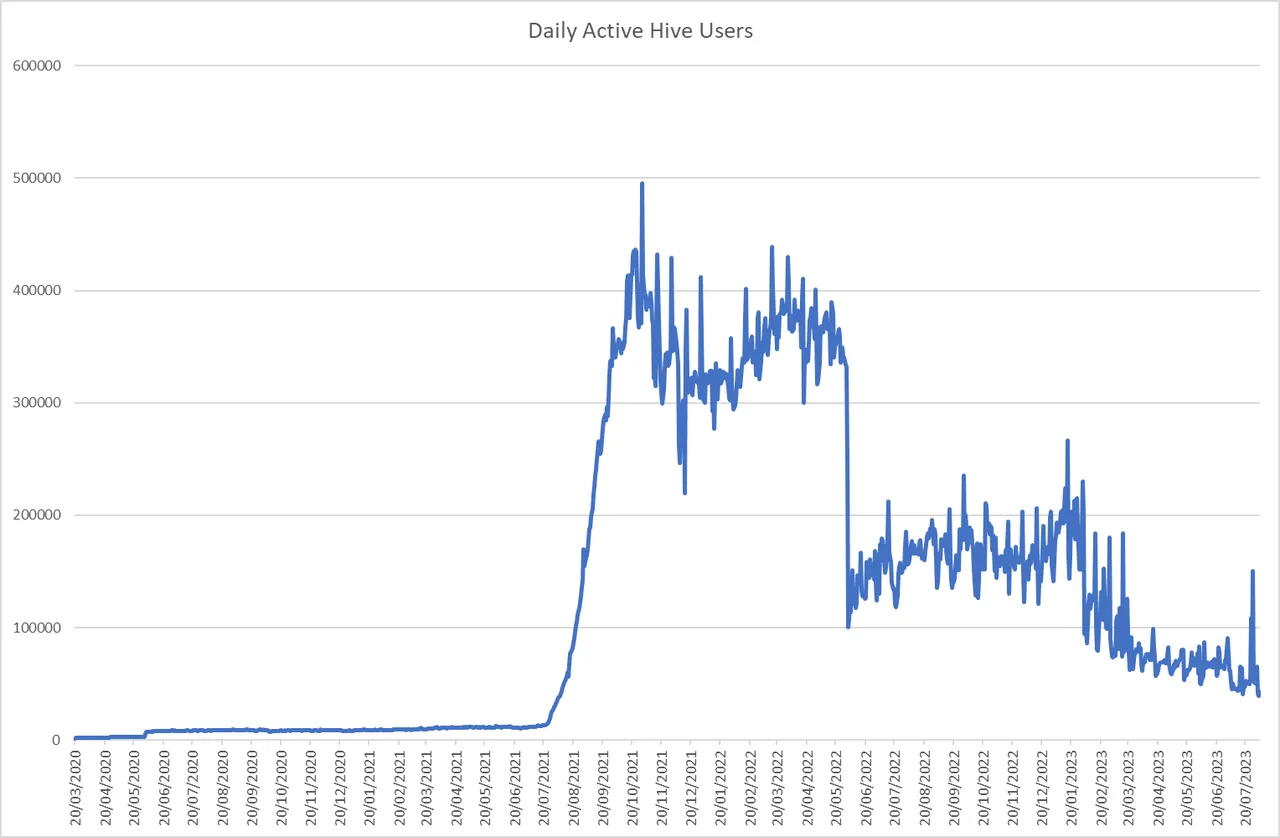
This is Hive monthly active authors including Steem era.
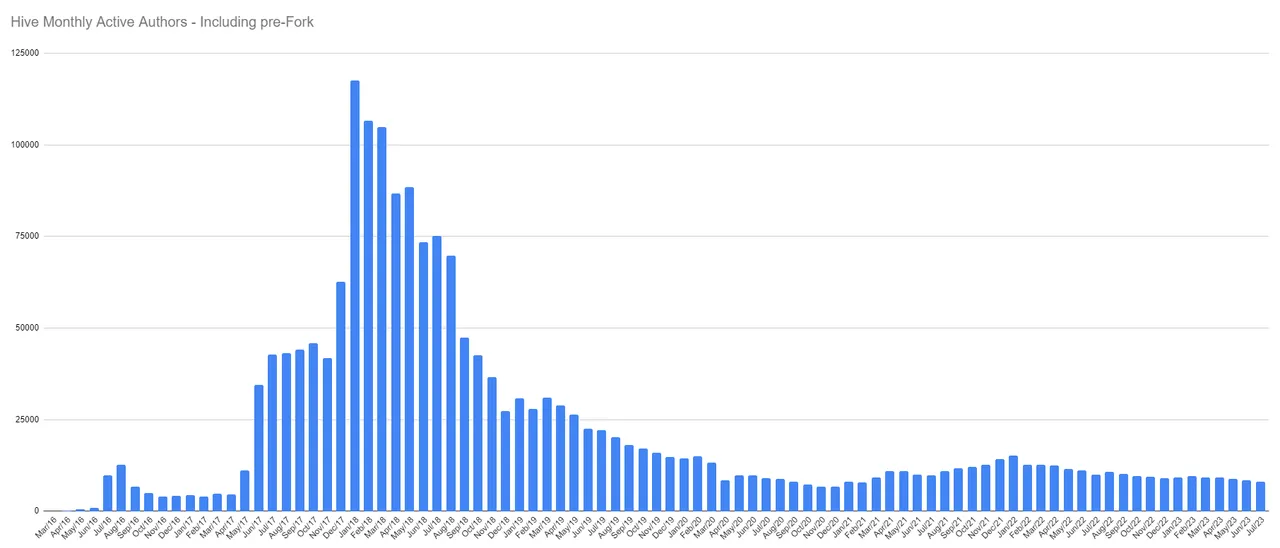
This is not how social media is supposed to grow. So what is different about Hive? Well obviously, Hive has built-in money. More importantly, Hive has rewards for users which scale with the price of Hive. Surely however, with more users, the price of Hive will be higher, thereby creating a virtuous cycle?
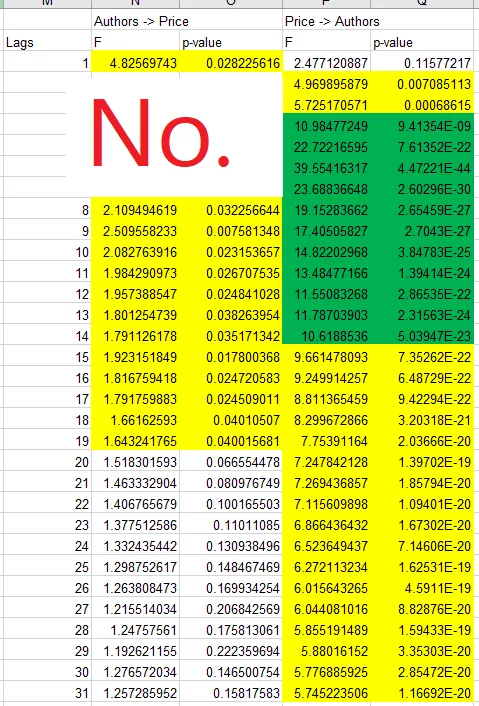
The above image is from my post on the degree to which Hive price drives user growth and how much the reverse happens, - user growth driving the price of Hive.
There is an impact both ways, indeed, but the fact that one effect is much stronger than the other has profound implications. The degree to which a rise in price impacts user activity is about 10 times as strong as the degree to which user activity influences price.
Whenever the price of Hive rises, it drives in far more new users than those users can contribute to a rising price (in the form of demand, speculative or otherwise). There's now more users and less rewards to go around for all, because the new users cannot maintain the same level of price. In reverse, when the price of Hive declines, it drives away more users than the amount those users contribute in demand for Hive (thus, the collapse is not complete).
The consequence of this is an inevitable boom/bust cycle, with no clear long term upward trajectory.
What about Play to Earn Games?
This is likely somewhat better for Hive as a base token, as the increase in Splinterlands user activity caused by a Hive price increase compared to the demand they contribute is not as disproportionate as it is with the social media side of Hive.

However, the games themselves likely have the same phenomenon going on internally, with their own boom/bust cycle caused by disproportionate changes in user activity compared to the demand each user contributes to their tokens. If they do, as they appear to, play to earn games cannot be relied on for consistent growth.
Self Perpetuation
The successful social media platforms had self perpetuating models. More users leading to more users leading to more users. The Hive model as it stands, is not self perpetuating and will not simply start to work once we get to a larger scale, indeed the larger we get the bigger this problem will be, with a larger disparity between the number of users and available rewards.
What Can We Do?
Hive needs to find a model of demand that is self perpetuating in the way a successful social media company is. The value the network provides to users must scale up at least proportionately with the increase of new users. That means it cannot just scale up at the same rate as the price, and the Hive reward pool is an inadequate model at scale - it can't scale up to the size of the userbase.
There is a model that can work - Circular Economies. Circular economies depend on a). reaching a critical mass and b). having sufficient liquidity, they don't necessarily need the token price to scale up linearly with the amount of users, although they still will need it to scale up. Once it reaches a certain critical mass where the value derived from network effects outweigh the friction associated with transitioning to a new system, it no longer needs to be subsidized and can potentially be self sustaining and self perpetuating, as more users join just to benefit from participation in that economy.
Such an economy must be local. A real circular economy means people using HBD for their everyday needs, and almost all transactions for most people are local - buying groceries, paying bills, rent, even suppliers are usually local. An economy dispersed all across the world is never going to have the same benefits as a local circular economy.
Blogging for Rewards - A Transitional Phase
The reward pool model will not scale up, but it is potentially a great way to bootstrap a circular economy in the first place. Blogging to earn a living to buy food in your supermarket is not sustainable, not everyone can be a life-blogger for a living. However, it can contribute to making it worthwhile for all the supermarkets in a local area to accept HBD. If those supermarkets start paying their staff in HBD, and so on, it no longer is an economy based on blogging from the Hive reward pool, it grows beyond that. Blogging for the reward pool still exists, but it's not the basis of the economy.
Thankfully, we seem to be already taking steps in this direction.
Local Hive Economies with Potential

In order to take our network from this transitional phase we are in now to one of circular economies, it will take a conscious effort from the community as a whole. We need to identify the communities with the potential to form local economies. In this space we like to think big, but ironically here smaller is better. Small cities with a lot of Hivers are great, but something as small as a University could be even better, because it's easier to reach critical mass in smaller communities.
Once we recognize the local communities with potential, we need to give them our support to help them reach critical mass. This means we spend some of our voting power up front, but we benefit from the growth in the long run (ie. we make an investment in these communities).
We are already making progress in the direction of smaller local communities. In the context of a declining Hive, local communities are growing.
1. Cumaná (Sucre), Venezuela

The city with the highest Hive penetration rate in the world, where there is already a very successful merchant on-boarding project. We are getting a high rate of new joiners, and Sucre now makes more than 10% of all Venezuelan Hivers despite not being a large portion of the population of the country.
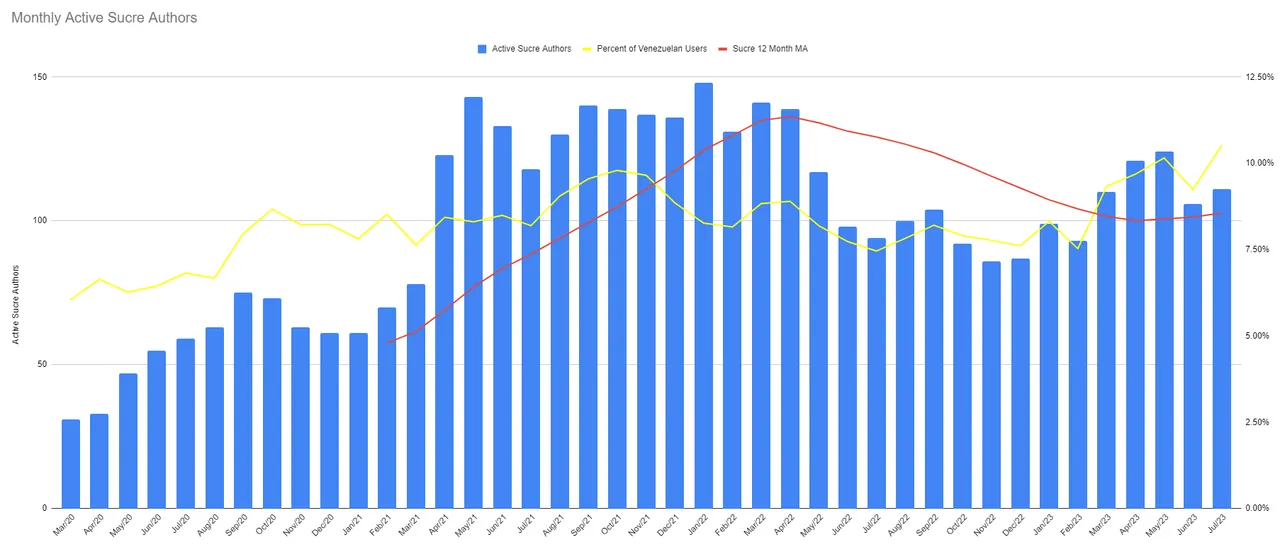
2. Cebu, Philippines

There is an extremely active local community in Cebu, Philippines, the largest I am aware of in any city outside of Venezuela. New users are joining Hive from this community every day, and becoming more active despite the bear market.

3. Kumasi, Ghana

Over 100 students in a single University in Kumasi, Ghana, attended an introduction and on-boarding session by the Hive Ghana community. As I mentioned before, the scale of a Univerity may be an ideal starting point. This is how Facebook started, after all.
On-chain stats confirm rapid growth among users from Ghana, despite the bear market.
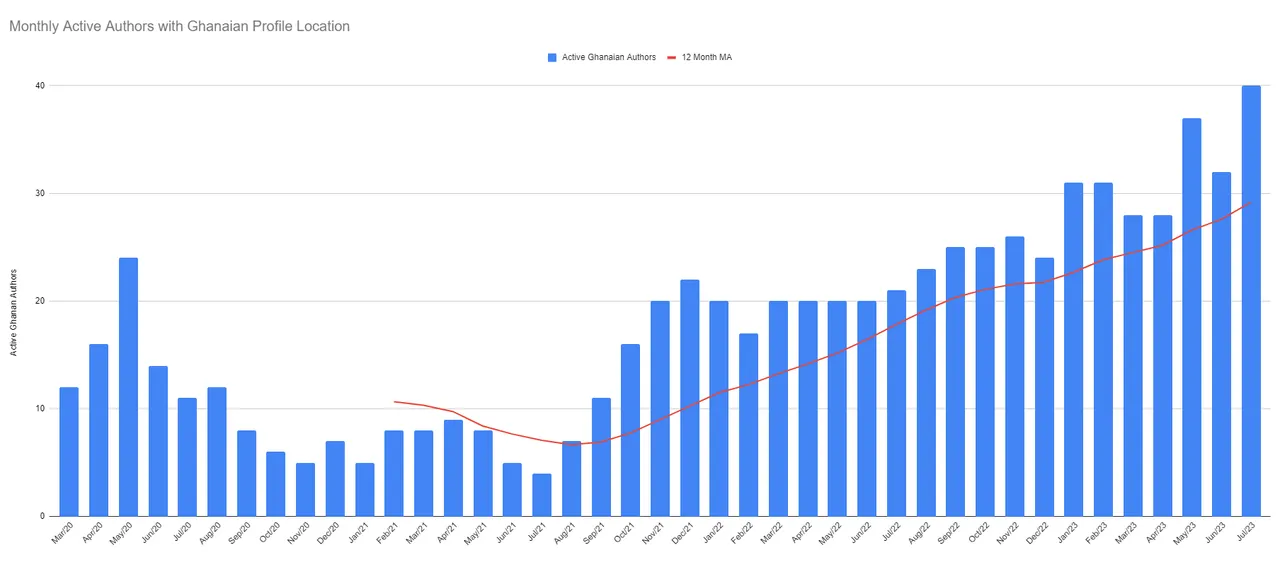
4. La Habana, Cuba
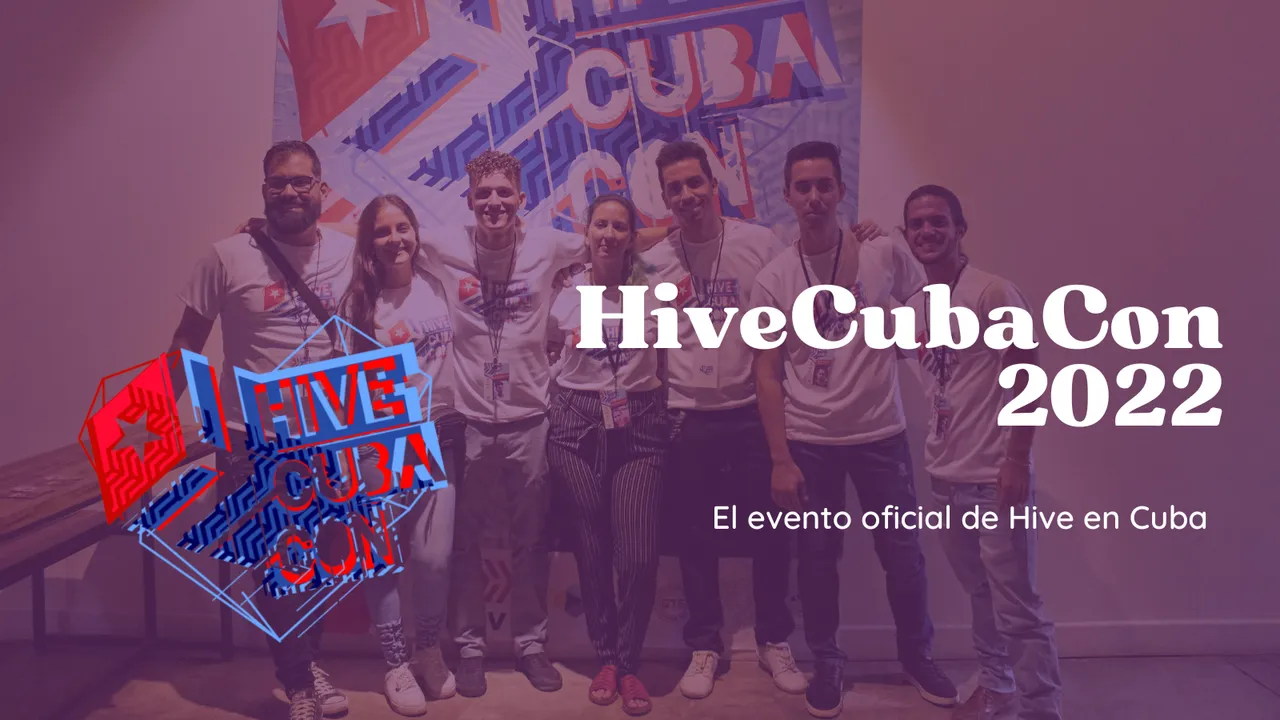
Cuba is second in Hive penetration rate only to Venezuela, however it is a much smaller country. I am also informed that most of our Cuban Hivers live in La Habana, which also gives it potential as for a local economy.
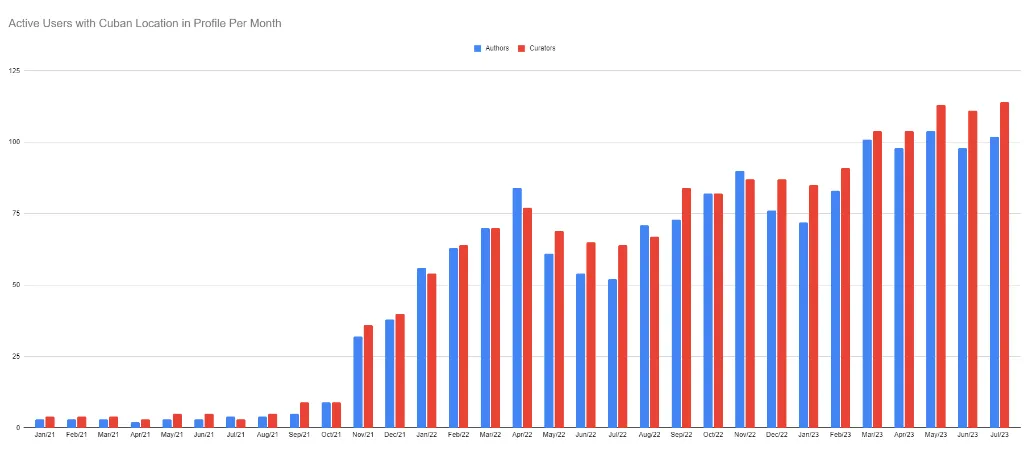
Conclusion
The Boom and Bust Phenomenon of the Hive Ecosystem is not just a matter of Hive being part of the crypto space, it reflects a fundamental challenge for growth of a social network.
The rewards pool will not scale with demands created by new users, as they will not contribute sufficient demand to keep the price high.
However the rewards pool model, in conjunction with the DHF, can be used to bootstrap a more scaleable model.
That model is circular economies, starting by supporting the local communities that are already a recent trend on Hive, to be able to develop into self-sustaining and self-perpetuating economies.